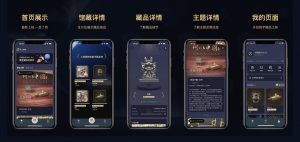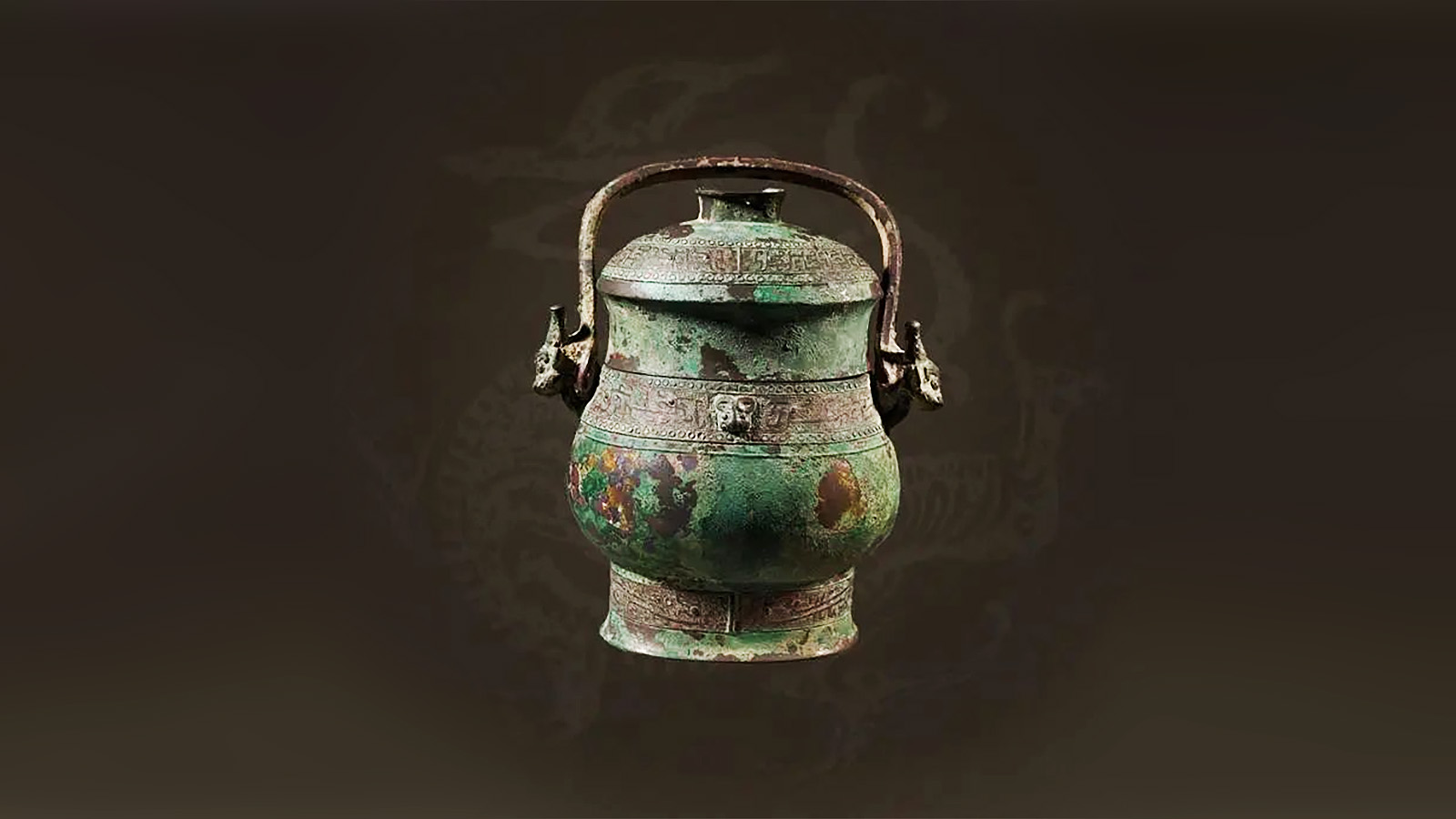At the end of July, Shanghai Museum opened The Making of China: The Civilizations of the Xia, Shang, and Zhou Dynasties, an exhibition offering a view into the country’s three earliest dynastics. Gathered here are 314 cultural artifacts and relics on loan from 20 cultural institutions and research centers in the Henan province, including Henan Museum and Henan Provincial Institute of Cultural Heritage and Archaeology, intended to demonstrate the central role of the region in the evolution of Chinese civilization.
The exhibition feeds the ongoing appetite within China for cultural heritage, though more so, it bears out the prevailing trend that’s seen Chinese cultural organizations explore ways of digitizing that heritage. The Henan Museum, for instance, has retailed virtual archeological blind boxes on Alipay, just as venues from the Palace Museum to the Gansu Provincial Museum have released digital collectibles based on historical relics. On its part, to coincide with The Making of China, Shanghai Museum hasn’t just dropped its first NFTs, but unveiled its own digital collecting platform.
What happened

Museum of the Sea has launched with three collections including the META Junior Series. Images: Shanghai Museum on WeChat
Shanghai Museum’s Museum of the Sea (海上博物) platform launches this week with the aim of digitally activating Chinese cultural heritage. Three collections are already live on the platform: the Planet Galaxy Badge Collection of utility tokens that grant holders priority access to NFT drops; the META Junior Series, which crosses the museum’s new META Boy avatar with its heritage collections; and The Essence of China, featuring mints of Chinese cultural relics. The latter ties in with The Making of China, and includes NFTs of a bronze vessel and a copper measuring instrument.
Every NFT series released on the platform will be collected by the institution to ultimately create a digital (likely metaversal) museum housing virtual cultural relics and art. The Museum of the Sea has also reportedly cemented partnerships with a number of international IPs and local museums to grow the platform and in turn, advance national heritage.
With Museum of the Sea, Shanghai Museum marks its entry into the digital collectibles market, but additionally, has become the first Chinese institution to manage its own blockchain system. The digital platform is supported by Shangbo Chain (上博链), which, like the collections it encompasses, has been independently developed and will be independently owned by the museum.
Why it matters

With its Museum of the Sea platform, Shanghai Museum is bearing out its “commit[ment] to realizing the connection between virtuality and reality through digital technology.” Image: Sohu
This move, of course, emerges under China’s vague crypto regulations, which so far has banned cryptocurrency trading and restricted secondary sales of digital collectibles. Consequently, Museum of the Sea has led with the objective of platforming cultural heritage, as opposed to spurring hype and speculation surrounding its digital assets. Shangbo Chain, too, has emphasized security and compliance in its operations to protect both cultural relic information and consumer data.
What they said
“With the introduction of this new digital museum, Shanghai Museum will continue to promote Chinese culture and heritage, give cultural relics a new life in the digital age, and make cultural relics and artworks accessible to all, and appreciated by the whole society.” — Li Feng, Deputy Director, Shanghai Museum



